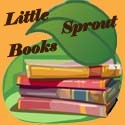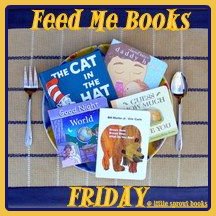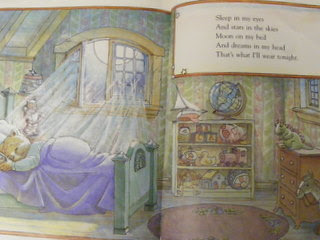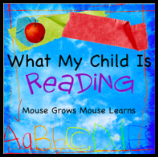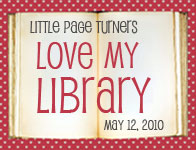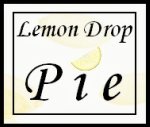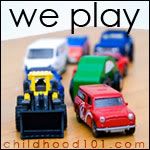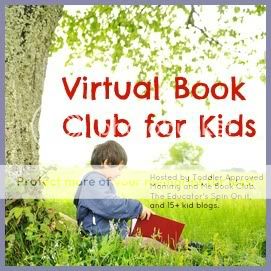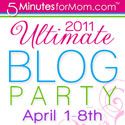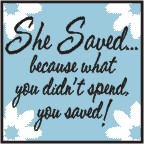What do You Bring Home?
When you are lucky enough to find the time and money for a family vacation, the most important things to bring home are happy memories and strengthened family bonds, but beyond that, what makes the best souvenir? I’m a photo junkie, with big dreams of vacation scrapbooks. Right now those look more like vacation scrap-piles, but it’s a start. Kid’s souvenirs can be tricky… A T-shirt? A theme-park toy? Something local and authentic they’ll break before you get home? Something made in China they pick out in the gift shop? The answers depend on the kid, the parent, the trip, and the moment, but I’d love to hear what you think. We have established two traditions in our travels with child(ren) thus far: We write a postcard and send it home to each child (cool photo, written memory, local postmark) and we look for a book that is either about the location or about an activity we enjoyed there. In choosing and buying books, I’ve sometimes waited until we’ve returned from the trip to gauge what was memorable for B and seek out a book that will help him recall those memories.
My Lucky Toddler
Due to a serendipitous combination of circumstances, including my teaching schedule, an invitation from my parents, and a Christmas gift, B’s first vacation was a trip with my extended family to Hawaii. My lucky 18-month-old got to experience a plane flight, a Hawaiian holiday, and irreplaceable family memories. We got to introduce our toddler to the warm tropical ocean waters, see the sights, and have some help from the family along the way.
I wonder how many of those memories will stick with him – he still talks about it now, and I hope that by talking about it and jogging the memory with our souvenir book, he’ll continue to treasure those early vacation memories as he ages.
Take a Board Book Tour of Hawaii

 If you read my post on Good Night America, you already know I’m a fan of Adam Gamble’s Good Night World Series. After returning from Hawaii, I ordered Good Night Hawaii from Amazon because experience told me that it would be full of references to the tourist stops we enjoyed and pictures that would help B remember and articulate his experiences. I was not disappointed. While not every location featured in the book was familiar to us (no volcano exploration on that trip), it gave us a springboard for our memories of the places we did visit and has also generated some talk of plans for other trips (much like Good Night America).
If you read my post on Good Night America, you already know I’m a fan of Adam Gamble’s Good Night World Series. After returning from Hawaii, I ordered Good Night Hawaii from Amazon because experience told me that it would be full of references to the tourist stops we enjoyed and pictures that would help B remember and articulate his experiences. I was not disappointed. While not every location featured in the book was familiar to us (no volcano exploration on that trip), it gave us a springboard for our memories of the places we did visit and has also generated some talk of plans for other trips (much like Good Night America).
Appropriate for babies, toddlers, preschoolers, on up!
So am I a nerd for thinking books make great souvenirs? Or are there other bibliophile travelers out there? I never bought books as souvenirs before my kids were born, but I’m starting to wish I had!
I’ll be linking up with Ginny Marie’s Where in the World Wednesday at Lemon Drop Pie.
Books Always Help



